Nepal, often revered as the "Land of the Himalayas," stands out as a quintessential destination for mountain enthusiasts. Celebrated for its panoramic vistas, varied terrains, rich culture, and historical tapestry, Nepal magnetically draws innumerable travelers each year in search of unique experiences. One of the hallmarks of trekking in this majestic land is the High Passes Treks, which epitomizes the thrill of navigating the mountains' intricate beauty.
Whether you're journeying through Annapurna, Langtang, Everest, or Shey Phoksundo regions, high-altitude passes, often referred to as "La" in Nepal, punctuate the landscape. These saddled pathways, which weave between towering peaks, not only separate distinct terrains but also present altitude challenges. Acquainting oneself with the elevations of these passes is crucial to prevent altitude sickness and ensure a smooth trekking experience.

Historically, these mountain routes were essential conduits for trade and migration between Nepal and Tibet. Today, they serve as gateways to mesmerizing basecamps and often represent the pinnacle of many trekking expeditions. Furthermore, these passes elevate treks from merely adventurous to truly exhilarating, providing trekkers with unparalleled vantage points to soak in the mountain's majesty.
One cannot emphasize enough the significance of mountain passes like the Thorong La Pass in the Annapurna region, a favorite among many. With numerous high passes, often soaring above 5000 meters, trekkers are spoilt for choice. However, it's imperative to be adept in high-altitude trekking and heed essential safety measures while crossing these challenges.
Nepal's high passes are not just geographical features; they are the heartbeats of the country's trekking tales, offering both beauty and adventure in abundance.
Why Should Anyone Trek Through a High Pass in Nepal?
High Pass trekking in Nepal is an unparalleled experience, particularly for seasoned trekkers looking to elevate their Himalayan adventures. For those who have embarked on numerous expeditions, either in Nepal or globally, trekking through these high passes offers a refreshed perspective and an unmatched thrill. Unlike conventional treks, where altitude gain is gradual, high-pass treks propel you to ascend steeper and reach breathtaking heights.
Gaze northwards, and you're greeted by majestic, towering mountains; while to the south, layers of azure peaks extend beyond the horizon, weaving a mesmerizing tapestry of nature's grandeur. Positioned midway between these towering heights and verdant valleys, trekkers are gifted an unparalleled vantage point that beautifully encapsulates both worlds. This duality of experience makes high-pass trekking an irresistible draw for travelers seeking a robust mountain-escapade infused with authentic trekking challenges. However, for those new to the trekking world, it's recommended to begin with a more accessible trek before diving into the intense realm of high-pass expeditions.
How to be prepared for the High Pass Trek?
Embarking on a High Pass trek in the Himalayas is no ordinary feat, demanding meticulous preparation and unwavering commitment. To ensure a successful and memorable trek, it's imperative to be physically and mentally fortified well in advance.
Commencing a dedicated fitness regime several months prior is a smart move. Whether it's hitting the gym, embracing regular jogging routines, or indulging in intensive cardiovascular workouts, consistent exercise will enhance stamina, boost immunity, and foster self-assurance. Given the rigors of Himalayan trekking, an in-depth understanding of acute mountain sickness, the significance of proper acclimatization, and the requisite trekking gear is crucial.
For those joining us for this exhilarating journey, Luxury Holiday Nepal promises comprehensive guidance every step of the way, ensuring you're well-equipped and informed. However, if solo trekking is your preference, it's essential to invest time in thorough research and preparations to navigate the challenges of the high passes confidently.
Highlights of the High Pass Trek in Nepal
The High Pass Trek in Nepal offers an exhilarating journey through the heart of the Himalayas, unveiling some of nature's most splendid masterpieces. Here are some highlights of this once-in-a-lifetime trek:
- Majestic Mountain Views: Experience unparalleled panoramas of towering peaks such as Mount Everest, Annapurna, Langtang, and many others as they pierce the clear blue skies.
- Diverse Flora and Fauna: Traverse through lush forests, alpine meadows, and diverse ecosystems that are home to various species of plants, birds, and animals unique to the region.
- Challenging Passes: Conquer renowned mountain passes like Thorong La Pass, Kongma La Pass, and Cho La Pass, each offering its distinct set of challenges and rewards.
- Cultural Immersion: Engage with the local communities, where you'll get a chance to delve into the rich tapestry of Nepali culture, traditions, and lifestyle, particularly of the Sherpa community.
- Ancient Monasteries and Temples: Explore age-old Buddhist monasteries and Hindu temples, some of which are significant pilgrimage sites for the locals.
- Glacial Lakes and Rivers: Encounter pristine glacial lakes and roaring rivers that add a touch of magic to the picturesque landscape.
- Varied Terrain: From dense forests to barren, rocky landscapes and snow-clad trails, the variety of terrains will keep trekkers engaged and challenged throughout.
- Remote Villages: Journey through quaint and remote Himalayan villages, allowing trekkers to witness the simplicity and warmth of mountain life.
- Stunning Sunrises and Sunsets: Witnessing the golden hues of sunrise and sunset over the Himalayan peaks is a sight to behold and a memory to cherish forever.
- Acclimatization Hikes: Apart from the main trek, there are opportunities for short acclimatization hikes, which not only help in adjusting to the altitude but also offer some hidden gems of the region.
Each of these highlights, curated by Luxury Holiday Nepal, ensures that trekkers experience the full spectrum of what the Himalayas have to offer, making the High Pass Trek in Nepal an unforgettable adventure.
Here are some of the most popular high pass treks in Nepal:
1. Everest Three High Pass Trek (Everest Region)
The renowned Everest Region of Nepal offers an unparalleled trekking experience with its Everest Three High Pass Trek. This trek takes adventurers across three remarkable Himalayan passes: Renjo La Pass (5465 m), Cho La Pass (5420 m), and Kongma La Pass (5535 m).
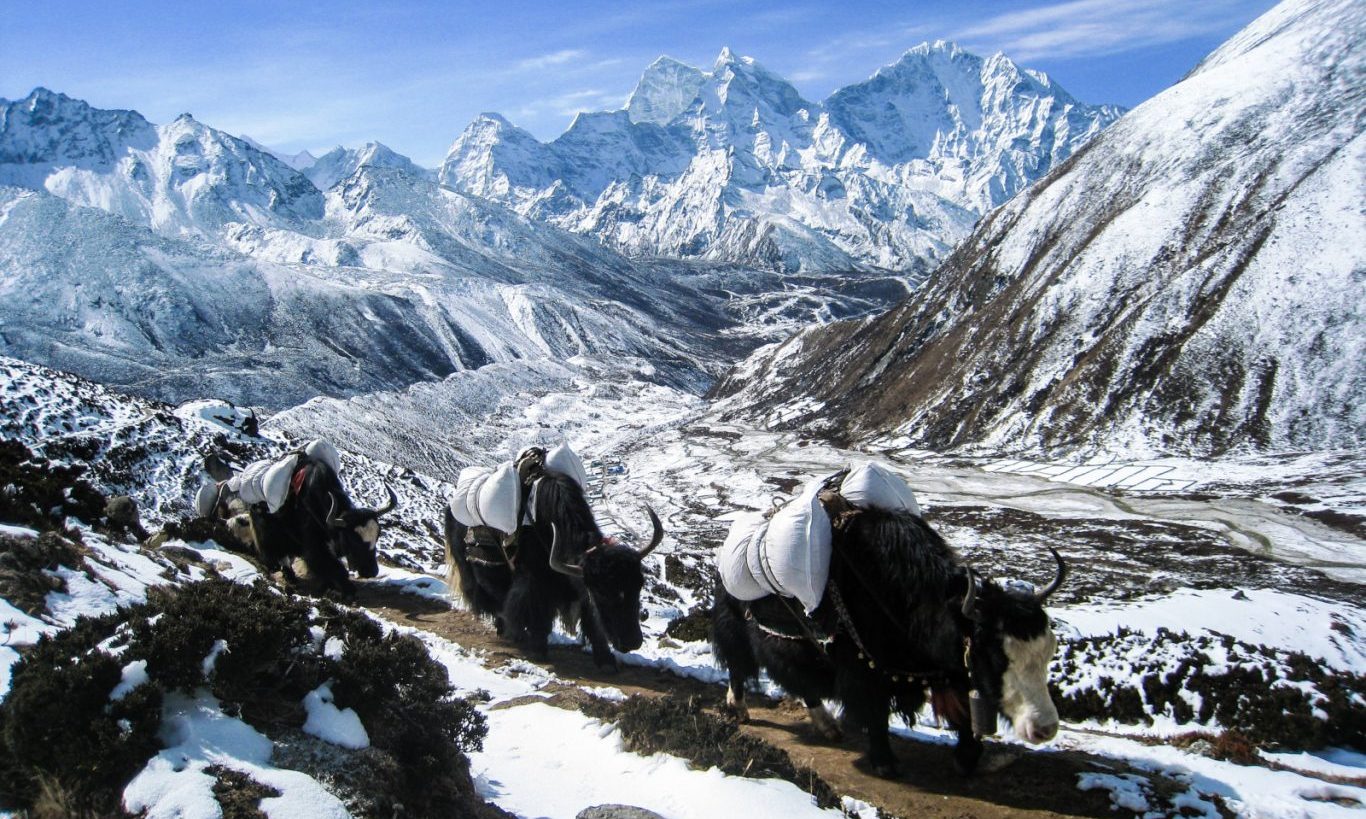
Many attest that the vistas of Everest from atop Renjo La Pass (5,464m) outshine even the grandeur seen from Kala Patthar. Complementing this, trekkers are also treated to mesmerizing views of Gokyo Lake. Nestled between the majestic peaks of Lobuche (6,135m) and Cholatse (6,443m), Cho La Pass (5,420m) challenges its trekkers but rewards them with captivating sights of Ama Dablam from its zenith. On the other hand, the journey to Kongma La Pass is often described as navigating through a labyrinth of shifting stones. The ascent to this highest pass on the trek at 5,535m involves traversing a glacier and a glacier-fed river.
Given the towering altitudes of all these passes, which exceed 5,000 meters, adequate acclimatization is paramount. And, with favorable weather conditions, one can navigate these passes without the need for specialized equipment like crampons, axes, and ropes.
2. Thorong La Pass Trek (Annapurna Region)
Thorong La Pass, standing majestically at an elevation of 5,416 meters, claims the title of the loftiest pass in the Annapurna Himalayas. Serving as a bridge between the picturesque districts of Manang and Mustang, the Thorong La Pass Trek presents a formidable challenge, punctuated with inherent risks. Yet, the unparalleled panoramic views from this pass, showcasing the expansive beauty of the region, make every effort worthwhile. Gazing from its summit, trekkers are graced with spectacular views spanning across the peaks of the Annapurna and Dhaulagiri massifs.
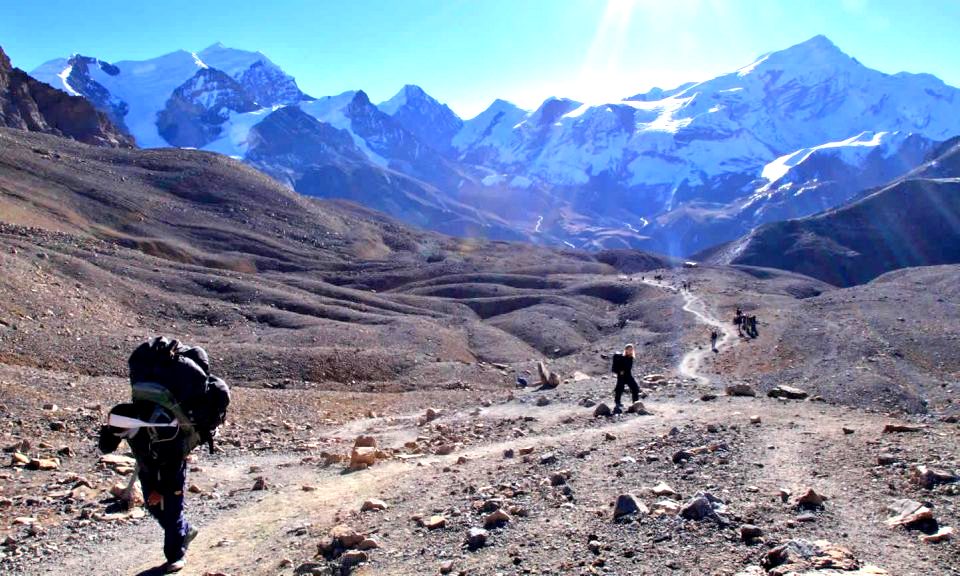
Typically, the trek commences either from Besi Shahar in Lamjung or Jagat in Kaski. While the trekking stretch from Manang to the pass isn't inherently tough, its considerable length and high altitude present their own challenges. Astute planning is essential to combat the threats of acute mountain sickness. In case of emergencies, the primary recourse previously was a taxing journey back to Besi Shahar. However, modern developments have ushered in a motorway extending up to Manang, ensuring quicker emergency responses and facilitating cargo transportation.
3. Larkya Pass Trek (Manaslu Region)
Embedded in the heart of the Himalayas, the Manaslu Circuit Trek, also celebrated as the Larkya Pass Trek unveils a pristine corner of the world, rich in Tibetan heritage and unspoiled natural beauty. Seamlessly bridging the Manaslu and Annapurna trekking regions, this trek challenges adventurers to conquer soaring elevations peaking at 5,160m/16,930ft. This expedition masterfully blends the thrill of high-altitude trekking with immersive cultural experiences, promising memories that will linger long after the journey ends.
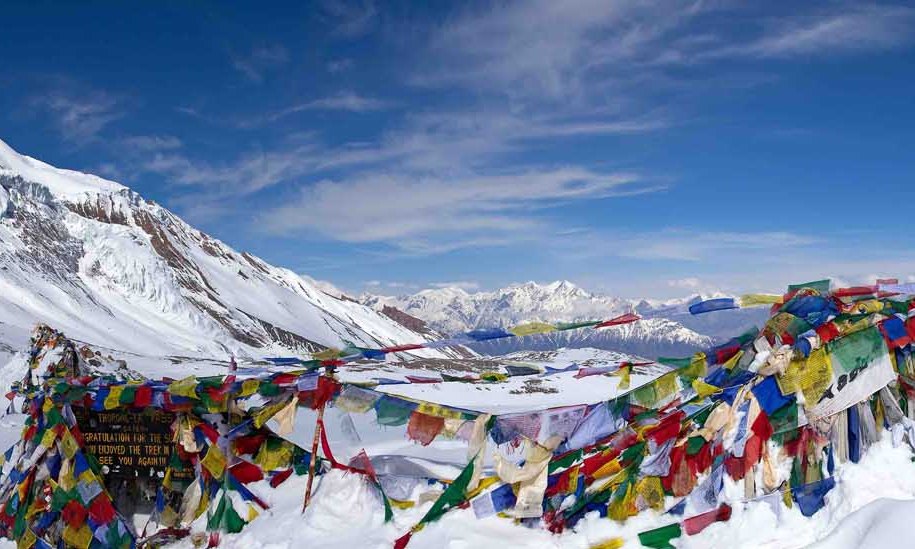
Originating in Arughat, trekkers have the flexibility to commence their trek from alternate starting points such as Soti Khola or Macha Khola. Navigating through the Larkya La Pass undoubtedly poses a formidable challenge but rewards intrepid souls with access to the raw, untouched realms of the Nepalese Himalayas. As the trail unfolds, it paints a canvas of diverse landscapes and awe-inspiring vistas. It's imperative to note the seasonality of the pass: while monsoon treks are feasible, the relentless winter snow cloaks the pass, rendering it impassable.
4. Ganja La Pass Trek (Langtang Region)
Venturing into the heart of the Langtang region, the Ganja La trek stands out as one of the most audacious and challenging routes. This trail, however, promises unparalleled rewards for those brave enough to embrace its demands. Embarking from Kyanjin Gompa in Langtang and culminating in Tarke Ghyang in Helambu, the pinnacle of this trek is the formidable ascent over the Ganja La pass, peaking at 5,106m.

From the zenith of this pass, trekkers are graced with panoramic vistas encapsulating the majestic Langtang Lirung and a constellation of resplendent Tibetan peaks, including the grand eight-thousander, Shisha Pangma. This trek encapsulates the very essence of the Langtang region's splendor. Nevertheless, it's imperative for trekkers to be wary as the route meanders through a challenging stretch in an avalanche-prone valley. To successfully navigate and conquer this trek, an arsenal of comprehensive camping gear is indispensable.
5. Tashi Laptcha Pass Trek (Rolwaling Region)
The secluded beauty of the Rolwaling region unfurls yet another trekking marvel - the Tashi Laptcha Pass Trek. From the Rolwaling Pass, intrepid trekkers can embark on a journey towards Everest, a trail that will lead them across the soaring Tashi Laptcha Pass, which stands tall at 5,755m/18,882ft. This route, seamlessly connecting the Rolwaling district to the famed Everest region, offers an exquisite tapestry of changing landscapes.
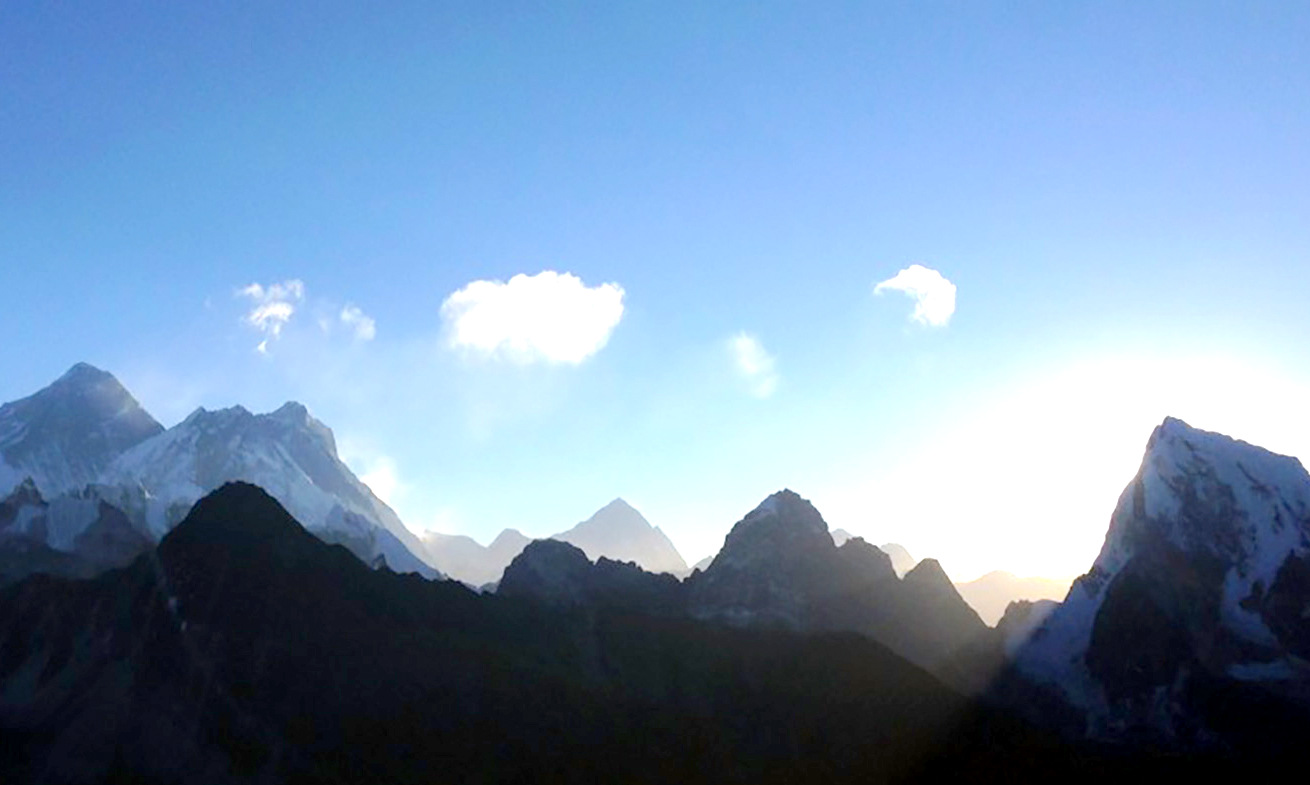
Arguably, one of the most enchanting features of this trek is the opportunity it grants to witness two of Nepal's most mesmerizing lakes, notably the Tso Rolpa Lake. The expedition commences at Gongor Khola and culminates in Lukla. This trek is characterized by significant altitude variations, emphasizing the dire importance of proper acclimatization. Given the intense snowfall the region experiences, we recommend abstaining from embarking on this trek from late November to early May.
6. Mesokanto La Pass Trek (Annapurna Region)
Positioned in the heart of the Annapurna region, the Mesokanto La Pass, also revered as the Tilicho Pass, stands majestically at an altitude of 5,099 meters. Nestled northwest of the mesmerizing Tilicho Lake, this pass is a vista point offering panoramic views of towering giants like Manaslu (8,156 meters), Dhaulagiri (8,167 meters), and Annapurna I (8,091 meters) amidst an expansive, beautiful landscape.
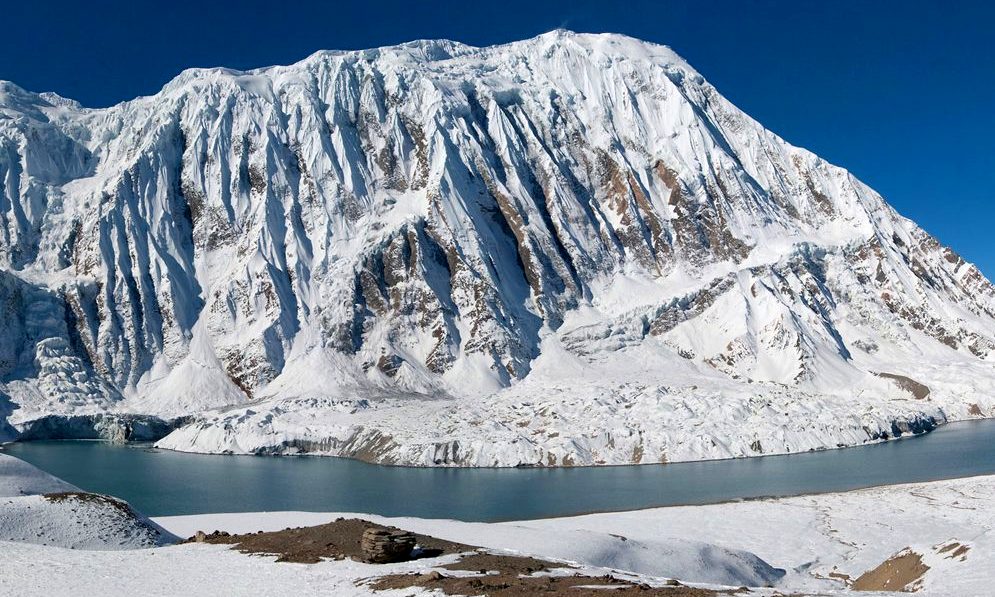
The terrain here paints a picture of desolation, dominated by vast glaciers and marked landslides. Yet, beauty is aplenty, especially with the pristine Tilicho Lake (4,912m) gracing the trail leading to the pass. Some seasoned trekkers argue that the route to Mesokanto is even more challenging than its counterpart, the Thorong La Pass, primarily because of its remote allure. Upon conquering this pass, trekkers find their way to Jomsom, thereby establishing a connective pathway between the districts of Manang and Mustang.
Are high pass treks risky?
Scaling the rugged terrains might seem effortless to mountain animals, venturing after minerals and salt. However, high-pass trekking is far from a leisurely stroll and demands utmost respect and caution. The terrains you navigate through are legacies of ancient glaciers, bearing the testaments of time and elemental forces. Thus, a trekker must be vigilant and rigorously follow established guidelines.
To mitigate the risks associated with high altitude, we take strategic breaks, acclimatizing at specific intervals. This readies our lungs for the reduced oxygen levels as we ascend. Furthermore, securing comprehensive travel insurance is paramount. Should you encounter Acute Mountain Sickness (AMS), sustain injuries, or find yourself in a situation where further ascent is deemed unsafe, this insurance ensures prompt helicopter evacuations, whisking you to safety. Such precautions significantly diminish the inherent risks of high-pass trekking in Nepal. Nonetheless, the onus is on the trekker to be fully informed and prepared for potential challenges before embarking on any high-altitude expedition, whether in Nepal or beyond.
Important Tips for High Pass Trekking in Nepal
Acclimatization is Key: Spend adequate time at various altitudes to allow your body to adjust. This reduces the risk of Acute Mountain Sickness (AMS).
Stay Hydrated: Drink at least 3-4 liters of water daily. Proper hydration can prevent AMS symptoms and keep the body functioning well.
Physical Preparation: Engage in aerobic exercises like jogging, cycling, and swimming several months before the trek. Strength training, particularly for legs, can be immensely beneficial.
Pack Wisely: Ensure you have essential gear like warm clothing, trekking boots, sleeping bags, and trekking poles. Layering is more effective than heavy clothing.
Know the Symptoms: Be aware of the symptoms of AMS and other altitude-related illnesses. If symptoms appear, it's essential to stop and rest or descend if necessary.
Hire Experienced Guides: Always trek with a guide familiar with the routes, terrain, and local weather patterns. Their expertise can be invaluable.
Secure Travel Insurance: Ensure your insurance covers trekking at high altitudes and includes emergency evacuation or helicopter rescue.
Dietary Care: Eat high-carb, low-fat meals to maintain energy levels. Avoid alcohol and caffeine, which can dehydrate the body.
Stay Informed: Regularly check weather forecasts and be prepared for sudden weather changes. High altitudes can have unpredictable weather patterns.
Respect Local Culture: While trekking, you’ll often pass through villages and encounter local communities. Always be respectful and considerate of their customs and traditions.
Emergency Kit: Always carry a first aid kit with basic medicines, bandages, and essential supplies. Include altitude sickness tablets.
Avoid Rapid Ascent: Especially after reaching 3,000 meters, do not increase your altitude by more than 300-500 meters a day.
Rest and Sleep: Ensure you get a good night’s sleep and rest whenever necessary. Your body recovers and acclimatizes best during rest.
Remember, high pass trekking in Nepal is a challenging but rewarding experience. Being well-prepared and informed ensures a safer and more enjoyable journey.
Embracing the challenges of high-pass trekking in Nepal offers a blend of natural grandeur and cultural immersion. With Luxury Holiday Nepal as your trusted guide, you'll not only experience the awe-inspiring vistas of the Himalayas but also embark on a journey of self-discovery and adventure. Proper preparation and understanding ensure every trekker can savor these moments safely and responsibly. As you tread these ancient trails, you're not just walking on paths but into timeless tales of the majestic mountains. Choose Luxury Holiday Nepal for an unparalleled trekking experience in the heart of the Himalayas.
If you need any further information, please contact us by email: [email protected], Phone: +977- 985 100 5129 (WhatsApp)